Echole Obsession Interlink & Powercable and Passion LS Cable
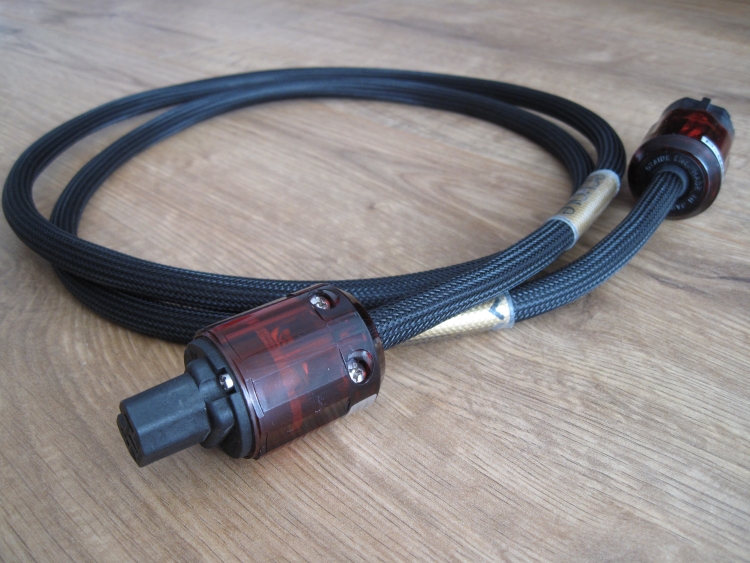
Obsession Balanced Interlinks
Obsession Powercord
Obsession Signature Powercord
Passion LS Cable
In this article I’ll be comparing some current (2012) Echole cables to the brand’s earlier models and compare all these to Transparent, Furutech and Harmonic Tech cables. The outcome is quite interesting, so read on!
Obsession powercable (early model)
A very flexible cable with high quality Oyaide gold/palladium connectors. Soundwise extremely fluid, airy and refined. Tonally well-balanced, nothing sticks out or is left out and detail retrieval is sublime, without ever erring to a clinical or dry sound. But there is one weak area which is the bass: it is deep but not very articulate and it lacks drive, slam and dynamics compared to even the Harmonic Technology Pro ACII which is itself already very much on the mellow side. Also the midrange sounds slightly processed, lacking some acousticality. Connected to the Levinson 390S this cable is simply too much, making the already smooth cd player just too relaxed and too unexciting. Connected to the PS Audio PWD the cable works a lot better, compensating for the PWD’s inherent dry and rough character but still there is an overall sense of dynamic restraint.
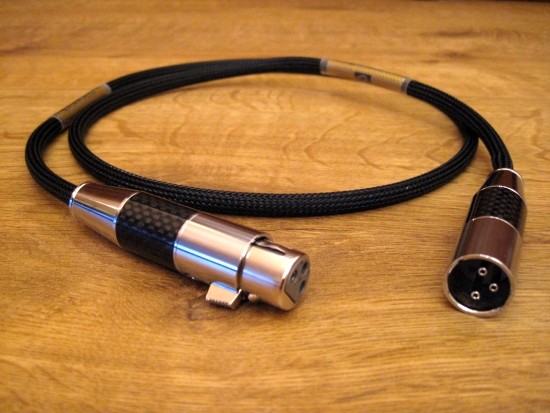
Obsession balanced interlink (early model)
A super-flexible cable with beautiful Furutech connectors that alone cost around 450 euro. The interlink has the same signature sound as the early model powercable: smooth, fluid, refined, relaxed. But in spite of its sublime detail retrieval (never harsh or agressive, just like the powercord) this cable has the same problems in the bass as the powercable. It just lacks drive and substance. Even though its midrange is entirely free-flowing and free from coloration or synthetic signature, still the midrange somehow sounds processed compared to Transparent Ultra XL and Cardas Hexlink Golden 5C. Nevertheless, the cable shows its strengths in the treble, which is both more high res and more refined that that of either the Cardas or Transparent. Like the powercable, the interlink works best on lively and dynamic, perhaps a tad agressive sounding equipment.
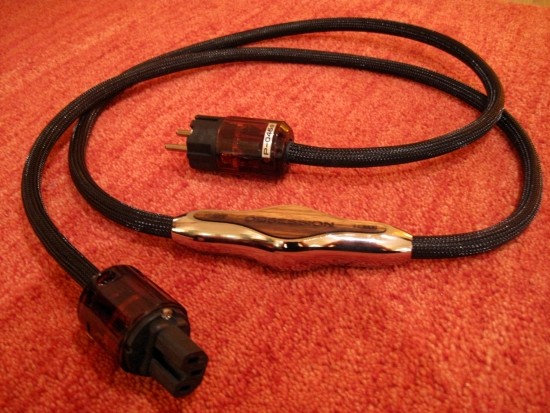
Obsession Powercable (2012 model)
Okay, credit where credit is due: I wrote that the early model Obsession powercord sounded a lot like its replacement. It does in a way, but after closer comparison I can say that there is indeed a large difference between the two cables. Luckily, only the previous downsides have been addressed; all virtues have been retained. So, there is a strong family resemblance. I think that by now I could blind-pick an Echole cable from a line of other cables that I know well, they are just very unique in their sound character. Don’t assume though that they are coloured because they’re not. But they have a refined and polished sound, so utterly-free-from-sharpness and yet so good with micro details, combined with an effortless, free flowing soundstage that I know altogether only to exist in the Echole line of cables. And these characteristics are true in interlinks and powercables alike. Not even Transparent Reference interlinks (my favorite cable brand) sound this way. But back to the comparison. How exactly does the new Obsession powercord differ? For starters it has much tighter bass with more drive and power, also more dynamics. There’s more articulation, even though that area is still underdeveloped IMHO. Even Harmonic Tech or Lapp have better articulation and tunefulness but admittedly don’t do the rest as well. The rest is also improved: more realistic and acoustic midrange and a wider soundstage presentation. Treble is still smooth, but slightly less so than with the early model. This cable works well with the Levinson but not as good as the Harmonic Tech, which lends a more dynamic sound through the bass, more drive and more PRAT while being almost as relaxed as the Obsession. On the PS Audio PWD however, this powercord was simply sublime and it was here that I wanted to keep it and not give it back to the owner. Its inherent fluidity compensated well for the PWD’s dry character and the Echole even managed to make the PWD sound like it had better low level detailing and smoother, airier treble than it normally has. Because the PWD has a similar character to a Wadia 861, the latter presumably also works well with this cable, as indicated by the owner using it like that with full satisfaction.
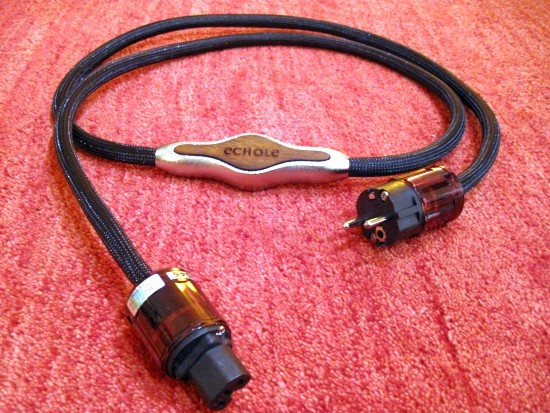
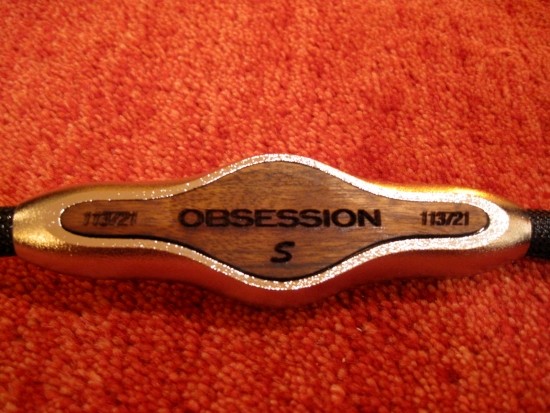
Obsession Obsession Signature Powercord (2012 model)
This is the superlative version of the Obsession. What exactly is different is beyond me. Apart from the housing of the metal clamp (frosted instead of polished) I can discern no differences. Still, it is a very different animal. The person who loaned me this cable didn’t like it on his Wadia 861, instead preferring the regular Obsession for its greater smoothness and more relaxed nature. It makes it easier to play less than perfect recordings. Beforehand I could imagine that this would be true as often manufacturers have a “perfect” cable which they want to improve. In doing so, technically there are advancements but sometimes emotionality is reduced. It seeded the case here too. But on the Levinson we hear the opposite. While the Harmonic Tech was previously found to be more emotionally engaging than the regular Obsession, the Obsession Signature simply sings. It betters both the Harmonic Tech and Obsession in the matters of pacing, articulation in the bass, dynamics and midrange clarity. Here was a cable that had a midrange like the Cardas Hexlink Golden 5C interlink: solid, lifelike and pure emotional. Like the Cardas, the Signature’s midrange could also be a tad hard and the treble slightly less fluid but overall the feeling was of a highly communicative and engaging sound. The Levinson is quite a different animal than the Wadia and it seems that the more neutral Obsession Signature mates well, leaving nothing to be desired. Again, here was a combination that I could easily live with. Switching to the PWD it became clear why it was less successful with the Wadia 861 because, like in that situation, this combination made for an unforgiving sound, a bit rough and hard in the midrange and dry in the treble.
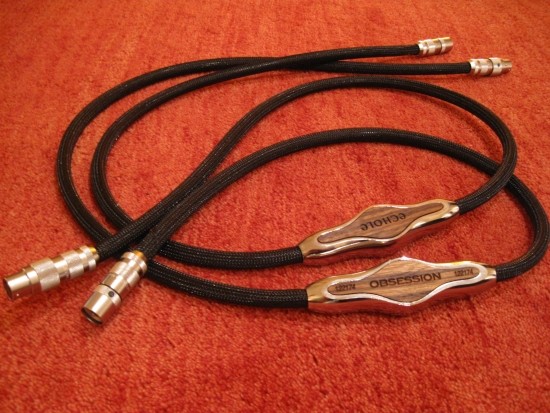
Obsession Balanced Interlinks (2012 model)
These are the replacements of the early model Obsession interlinks. While the old and new powercords looked a lot alike, the interlinks do not. The newer model has a thicker cable, a nice metal/wood clamp and different connectors, now custom-made by Oyaide. Just like the old/new powercable comparison, again, here is a strong family resemblance, but there are changes, and again for the better. There’s still an effortless fluidity and a large, free-flowing soundstage and treble is still smooth and airy. Once again, the improvement is in the bass and lower midrange where there is more drive, better PRAT and more contrasty dynamics. Still, I would say that this is a relaxed cable that works better with acoustical music than with disco. Transparent Ultra XL is a lot faster, more articulate and a more “exciting” listen, without sounding agressive, but the Ultra does sound drier and less luxurious. A lot. That makes it a hard decision. Do I want that luxurious, polished and super-smooth sound or do I want to tap my feet in excitement? This also comes down to system synergy of course.
My setup has been optimised with the Transparent in place. Simply replacing it with another cable, even a better one, doesn’t neccesarily yield only improvements. With the Levinson I couldn’t decide between the two cables. Both had very valid musical presentations. With the PWD however the Echole was the clear winner, sounding remarkably well-integrated and making the PWD sound much, much better than it normally does, now making it approach the Klimax DS a lot closer in terms of finesse and micro detailing. Yet, the PWD sounded less rhythmic with both the Obsession powercable and interlink in place. I tried to compensate for this by siting the PWD on Cerapucs instead of soft rubber feet but it didn’t quite get to the point where we thought it was just as foot-tapping as with the Furutech Alpha 3 powercord.
I also tried the Echole interlinks with the Linn Klimax DS streamer. Sadly I couldn’t connect any other powercord than my regular Lapp because the Linn’s form factor doesn’t allow thick, round powerconnectors such as IeGO or Oyaides like those on the Echole powercords. The interlinks were an interesting excercise. They made for a smoother, more luxurious sound and for once, the bass didn’t slow down. There was still good PRAT and articulation. The Linn is highly articulate and has a fast sound which might explain the better synergy. However, we found that the midrange was now slightly less communicative, less involving. Going back to the Hexlink confounded our feelings, making for a more acoustical sound with more presence and life-like sound. But it wasn’t all rosy as the Hexlink was clearly less smooth, less airy and less refined than the Echole and the midrange may be slightly too hard. But it just sounded right. In the end we concluded that both cables provide an enjoyable and equally valid sound. I would have preferred the Transparent Ultra for its usual combination of fast, articulate sound that is yet pretty smooth and fluid. I downplay this cable a bit here because next to Echole, it seems no cable is just as smooth. But sadly the Transparent doesn’t work well with the Linn, sounding undynamic and restrained, probably due to the way its output stage interacts with the networks inside the Transparent cables. The Echoles actually sounded more dynamic with the Linn.
Then, in an effort to eliminate all Transparent influence, I also replaced the Reference interlinks that are between pre- and poweramps by Echole Obsession interlinks. That’s right: we had 2 sets available! This was a different sound. It was good and enjoyable, but quite different from my normal sound. Replacing the Transparent Reference interlinks by Obsession interlinks and having the PWD connected up with Echole only, the sound was smooth, wide, deep and comforting. Like a luxurious car or a 5-star hotelsuite, or a bath with your beloved. Fill in any metaphore you like, as long as it instills a feeling of comfort and luxuriousness. But the all-Echole cable setup didn’t compensate entirely for my perceived lack of PRAT and bass-articulation. Going back to my own Transparent Reference interlinks between pre-poweramps made it painfully clear that I was now missing a lot of luxuriousness (and I though the Transparent Ref sounded luxurious!) but it also gave me more satisfaction in the bass. It was just more solid, fuller, livelier and more groovy. Finally we decided that the Obsession powercable was perfect for the PWD but having two sets of Echole Obsession interlinks was not the best option here. Of course, just like with anything, in a given situation and with a given setup, you can just go overboard. The trick is in finding the perfect balance. I know that many people swear by using one brand of cables throughout, but for me it just works best by mixing and matching various cable brands.
Conclusion
Echole makes some pretty special cables. They have a unique sound signature: smooth, luxurious, refined and airy yet highly detailed. But I wouldn’t say that they work well in every setup. Neither do Transparent cables by the way, or Cardas. It is always a matter of balance. My setup has been assembled to sound smooth and refined allready and the addition of Echole cables may be a little too much for me. In my experience, many other setups do sound a lot more forward and usually treble isn’t as airy as mine, nor as free from edge and hardness. (I have pure ribbon tweeters). So I think it’s pretty safe to say that these cables would work well in quite a lot of setups, especially if dynamic speakers are involved. There’s just no denying that Echole cables are something very unique indeed. And you might want to be cautious auditioning them: they can prove to be addictive and once you have heard a perfect component-cable match, there’s just no going back!
Mark Levinson no.390S worked best with:
Obsession Signature powercord
Transparent Ultra interlinks
PS Audio PWD worked best with:
Obsession powercord
Transparent Ultra interlinks / Obsession interlinks
Linn Klimax DS worked best with:
Lapp powercord (due to form factor no other cable can be tried without changing the connectors)
Cardas Hexlink Golden 5C interlinks / Obsession interlinks
Addendum: Echole Passion Speaker Cables
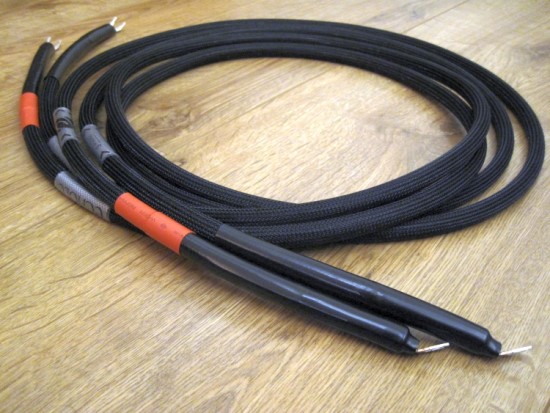
In line with other Echole cables, this speaker cable sounds very finely detailed, with fluid, airy, extended treble. Even compared to the Transparent Reference XL it still has excellent bass: a little more nimble and a little less solid. Mind you: the Transparent for me is bass king and for any cable to come this close on that aspect in my book is admirable. However, the Echole seems strangely out of balance in the midrange which is forward and shouty. It is not hard per se but is reminiscent of a certain projection that can also be heard with horn speakers. I have only listened to the cable for a short while when it was on visit but the owner indicated that the cable was well run in and that he observed the same midrange quality.
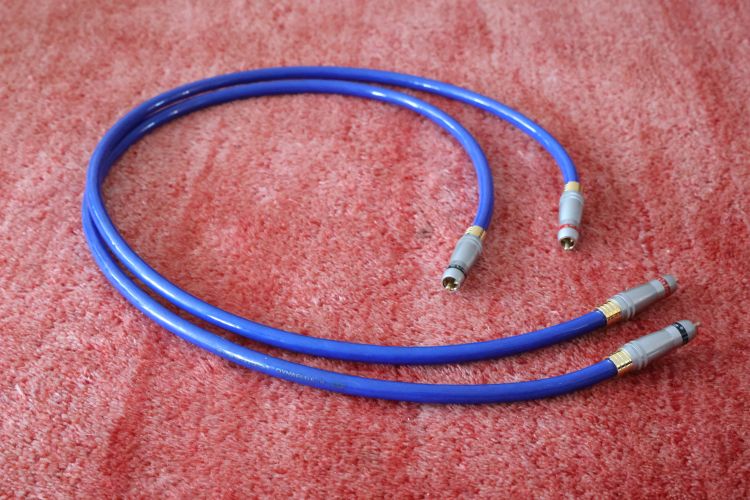

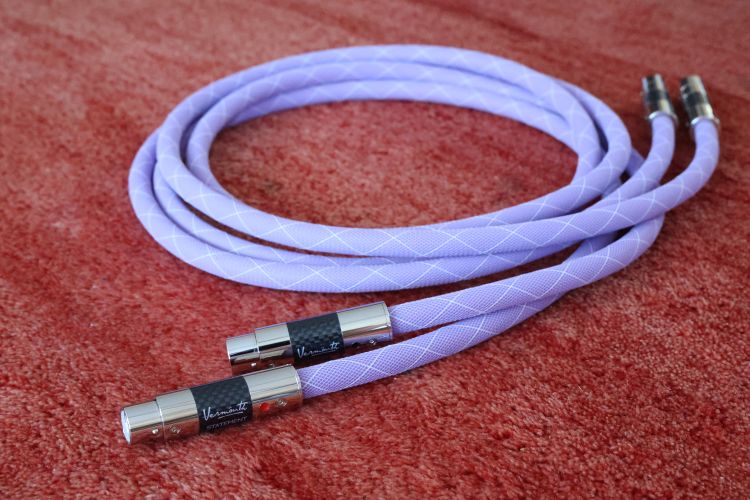
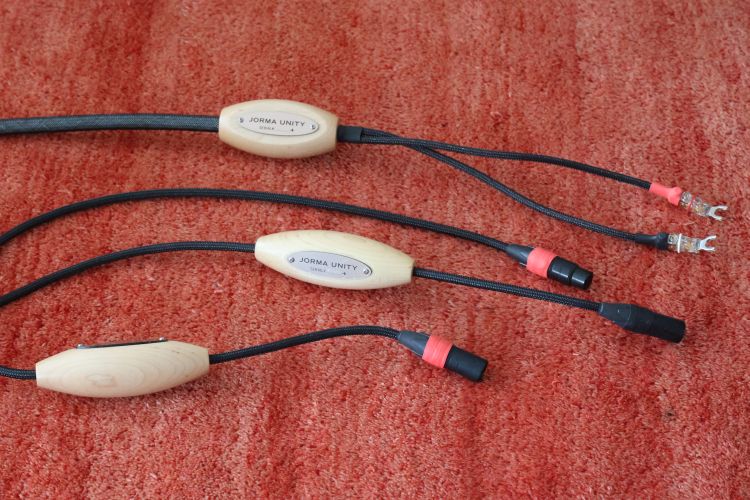
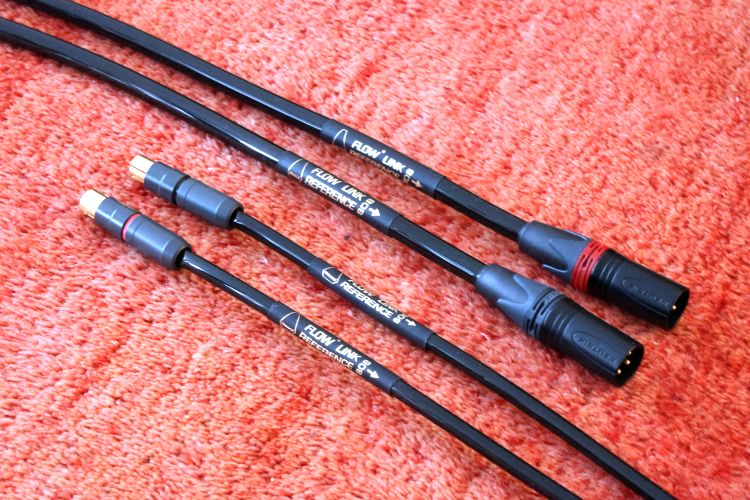
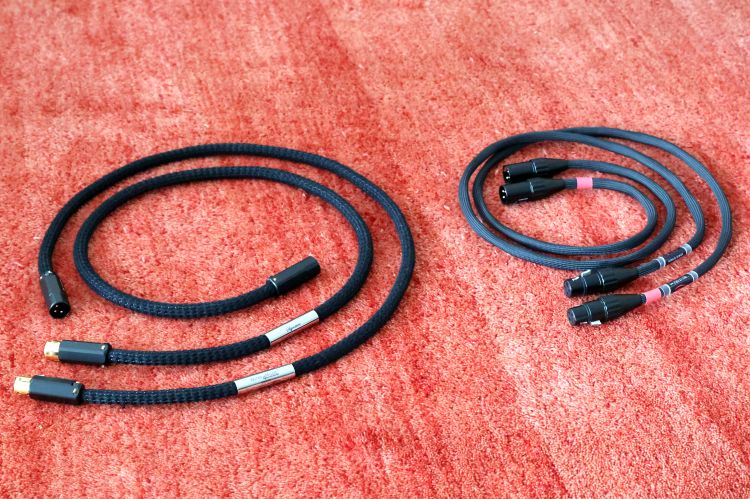
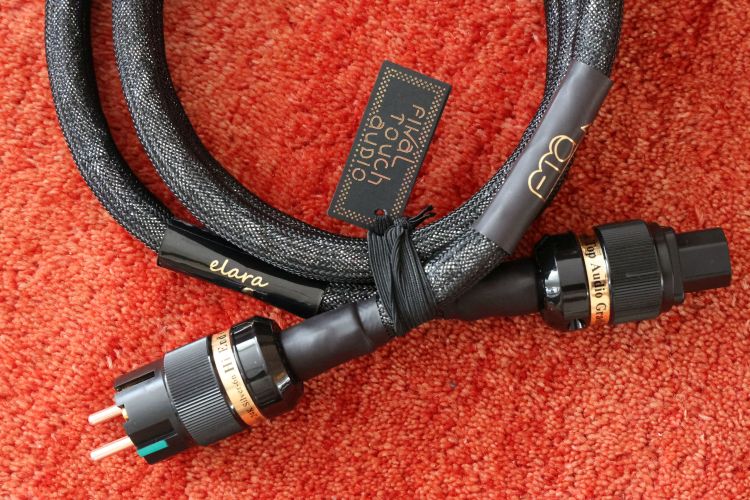
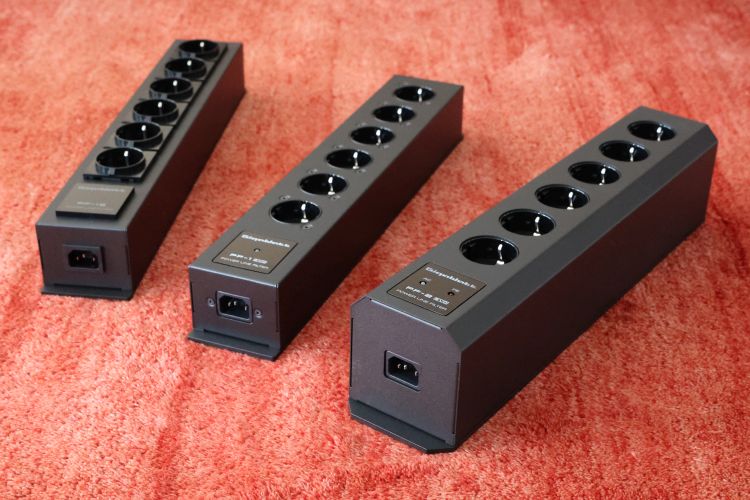
Hi,
Interesting your component-cable match item. Would like to know which digital(AES) cable matches with CEC TL0X and dCS Scarlatti in your opinion.
It’s a matter of personal taste more than of a technical proper match. In theory, all AES/EBU-specified cables will work well but in practice, there are audible differences. The question is what you want to achieve. Basically, you can strive for the tightest and most articulate sound (which is probably technically most correct) or a rounded, sweeter sound (which is likely technically less than ideal). I’ve not heard a very wide array of AES cables (and no high-end ones) because I found early on that a simple Belden RG59 coax cable provided the best sound for me in any combination that I tried it. Any AES/EBU cable I tried up until that point resulted in a sound that could sometimes be even more precise than the Belden RG59 but also always a little over-controlled. This may be a result of the added circuitry and “processing” of the balancing/summing process or it may just be my personal preference. Either way, I find that the music flows most musically using SPDIF over coax or, even better, an I2S connection. That said, the AES/EBU cable brand that worked best for me so far is Mogami. Also see this review and this review.